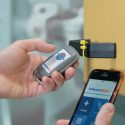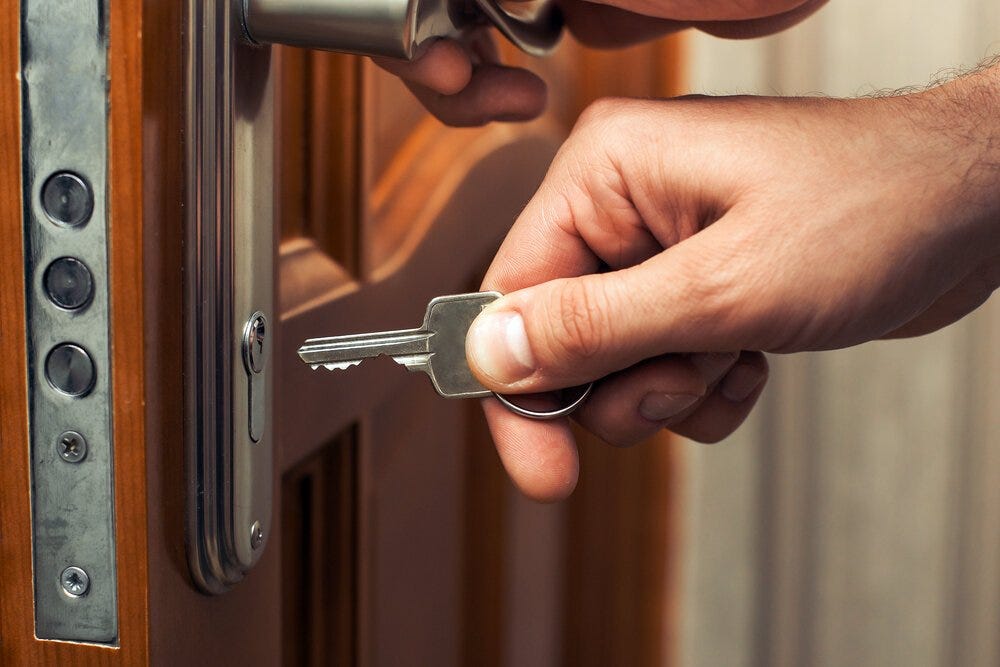The Radio Frequency Identification reader, abbreviated as RFID reader, is a device used to foregather cues from the radio frequency tags. It is the contactless and wireless employment of frequency waves to transmit and transfer data and comprises an RFID tag, RFID reader, and antennas. This form of modern tech uses radio-magnetic and electromagnetic fields to identify labels attached to attached to stuff.
General introduction of the functioning
The RFID hails from the family of AIDC, or Automatic Identification and Data Capture. Its function is to read and decipher information, collect it and save it in the computer system. The RFID tag does not need to be peered through with precision, nor does it require to be read by the reader with his line of sight in line.
A simple requirement is the spectrum of the range of RFID reader, which is two to three hundred feet, so as to be read easily. The upperhand it has is that this technology followed by Radio Frequency Identification reader allows a quick scanning and faster identification of certain products. The presence of several items around, too, does not look as a hindrance.
Usage of RFID
There is a varied range of applications of RFID. It includes reading passports, scan airport luggage, monitor rate of heart patients, scan and read operations of satellites and aircrafts. The digital data is used in RFID technology, made up of integrated circuits, containing a small antenna to transmit the electronic data to the RFID transceiver.
Some frequently asked questions answered
The RFID reader is susceptible to certain mediums and natural phenomena that can impact the readings read and accuracy of the system. The two most common sources of interference for the Radio Frequency Identification reader applications are metals and liquids. Though, they can be mitigated with proper RFID tags, planning, and equipments.
The RFID reader is the brainchild of any RFID system, and is necessary for it to function. They are also called interrogators, and are devices that transfer and receive radio waves so as to communicate with RFID tags. The readers are divided into two different tags. These are called Mobile RFID readers and Fixed RFID readers. The fixed Radio Frequency Identification readers are fixed on a platform and stay in one location. They may be mounted on walls, on desks, placed in offices, etc.
The reader is, factually, the most expensive item of the RFID system. They might fall in the range of four hundred dollars and go up to three thousand dollars, depending on the features and capabilities offered.



